Solar LED Rope Lights: Garden Glow Ideas
Solar LED rope lights are transforming outdoor spaces into enchanting havens, blending eco-friendly technology with versatile design. These flexible, energy-efficient light strands offer endless possibilities for enhancing gardens, patios, and pathways. This guide explores creative ways to use solar LED rope lights, from crafting layered light displays to seamless integration with natural elements, smart automation, and maintenance tips for long-lasting brilliance.

Light Play: 3 Creative Ways to Craft Garden Light Layers
Solar LED rope lights bring dynamic light and shadow to gardens, creating depth and ambiance. Here are three innovative ways to elevate your outdoor space:
- Pathway Illumination with Gradients
Line garden paths with solar LED rope lights to guide footsteps while adding a soft glow. Vary the light density—tighter coils around curves and looser ones on straight paths—to mimic natural rhythms. For example, wrap lights around stepping stones in a spiral pattern, creating a glowing trail that feels organic. Use warm white tones to evoke coziness or cool whites for a modern edge. - Tree and Shrub Accents
Drape solar LED rope lights over tree branches or weave them through shrubs to highlight natural shapes. For instance, encircling a tree trunk loosely and letting the lights cascade upward mimics fireflies or starlight filtering through foliage. Opt for dimmable lights to adjust brightness, ensuring the glow complements rather than overwhelms the garden’s natural beauty. - Sculptural Focal Points
Create eye-catching displays by shaping solar LED rope lights into patterns or structures. Wrap them around a trellis to form a glowing arch or coil them into spirals around a garden statue. In a backyard in California, a homeowner used rope lights to outline a pergola, turning it into a radiant centerpiece for evening gatherings. Experiment with color-changing options for festive occasions.
These techniques use solar LED rope lights to layer light and shadow, transforming gardens into magical retreats after dusk.
Natural Fusion: Invisible Installation with Plants and Water
Integrating solar LED rope lights with plants and water features creates a seamless, natural aesthetic. The key is discreet installation that enhances without dominating the landscape.
- Plant Pairings
Conceal rope lights within dense foliage, like ivy or ferns, to create a glowing backdrop. For example, tuck lights along the base of a hedge or weave them through climbing vines on a fence. Secure them with clear, weatherproof clips to avoid damaging plants. In a Seattle garden, a homeowner hid solar LED rope lights behind rose bushes, casting a soft glow that highlighted blooms without visible wiring. - Water Feature Enhancements
Place solar LED rope lights around pond edges or waterfall bases to reflect light off water surfaces. Use waterproof models rated IP65 or higher to ensure durability. For instance, outlining a koi pond with submerged rope lights creates a shimmering effect, amplifying the water’s movement. Avoid direct submersion unless specified by the manufacturer to prevent electrical issues. - Camouflaged Anchoring
Use natural elements like stones or mulch to hide solar panels and wiring. Bury low-voltage cables shallowly along garden beds, covering them with soil or gravel. In a Texas backyard, a gardener anchored solar panels behind a rock wall, blending them into the landscape while ensuring optimal sun exposure.
These methods ensure solar LED rope lights enhance natural elements without disrupting the garden’s organic charm.
Scene Switching: Smart Day-to-Night Automation
Solar LED rope lights with smart sensors can effortlessly transition between day and night, creating dynamic lighting scenes. Here’s how to leverage automation for maximum impact:
- Dusk-to-Dawn Sensors
Choose rope lights with built-in photocells that activate at dusk and turn off at dawn. These sensors conserve energy and eliminate manual operation. In a Florida courtyard, solar LED rope lights with photocells illuminated a patio only when needed, saving power during cloudy days. - Motion-Activated Modes
Motion sensors add functionality for high-traffic areas like walkways or decks. Set lights to brighten when someone approaches and dim after a set period. This is ideal for safety and energy efficiency, especially in larger yards where constant lighting isn’t necessary. - Timer Customization
Programmable timers allow precise control over lighting schedules. For example, set lights to glow brightly from 7 PM to 10 PM for evening events, then dim for a subtle overnight effect. Some models sync with smartphone apps, letting you adjust settings remotely for convenience.
These automated features make solar LED rope lights adaptable, ensuring the perfect ambiance for any time of day or night.

Smart Selection: Matching Light Density to Sunlight Hours
Choosing the right solar LED rope lights involves calculating light density based on local sunlight hours to ensure consistent performance. Here’s a practical approach:
- Assessing Sunlight Availability
Track daily sunlight hours in your region using weather data or apps like Sun Seeker. Coastal areas like Oregon may average 4-6 hours of direct sunlight, while sunnier regions like Arizona can exceed 8 hours. This determines the solar panel’s charging capacity. - Calculating Light Density
Light density refers to the number of LEDs per foot of rope. For low-sunlight areas, opt for lower-density lights (e.g., 10-15 LEDs per foot) to reduce power demand. In high-sunlight regions, higher-density options (20-30 LEDs per foot) provide brighter, more uniform illumination. For a 20-foot garden path in a moderately sunny climate, a 15-LED-per-foot rope light balances brightness and efficiency. - Battery Backup Considerations
Select models with larger battery capacities (e.g., 2000mAh or higher) for areas with inconsistent sunlight. These ensure lights function during cloudy days or shorter winter months. A homeowner in New York paired high-capacity batteries with medium-density solar LED rope lights to maintain glow through early sunsets.
This method ensures your rope lights perform reliably, tailored to your garden’s sunlight conditions.
Invisible Maintenance: Oxidation-Proof Joints and Moss-Free Care
Maintaining solar LED rope lights ensures longevity and consistent performance. Here are no-trace solutions for common issues:
- Preventing Connector Oxidation
Exposure to moisture can corrode light connectors. Use silicone-based sealants to coat exposed joints, creating a waterproof barrier. In a humid Georgia garden, a homeowner applied dielectric grease to connectors, preventing rust after two rainy seasons. Regularly inspect connections every 3-6 months for wear. - Moss and Debris Cleaning
Moss or algae can grow on rope lights in shaded, damp areas. Clean them with a soft cloth and a vinegar-water solution (1:1 ratio) to avoid scratching the tubing. For stubborn buildup, use a soft-bristled brush. A gardener in Washington maintained pristine solar LED rope lights by cleaning quarterly, preserving their clarity. - Cable Management
Secure loose cables with UV-resistant zip ties or bury them shallowly to avoid tripping hazards. Replace any frayed sections immediately to prevent short circuits. Regular checks ensure the system remains visually seamless and functional.
These maintenance practices keep solar LED rope lights looking pristine without leaving visible traces of upkeep.
Power Boost: Reflective Tricks to Enhance Solar Efficiency
Maximizing solar panel efficiency extends the runtime and brightness of solar LED rope lights. Reflective techniques can amplify sunlight capture:
- Reflective Backdrops
Place small, white-painted boards or metallic reflectors behind solar panels to bounce sunlight onto the cells. In a Colorado garden, a homeowner used a polished aluminum sheet behind a panel, increasing charging efficiency by nearly 20%. Ensure reflectors don’t block air circulation to prevent overheating. - Angled Panel Positioning
Tilt solar panels toward the sun’s midday path (typically 30-45 degrees in most regions). Adjust seasonally for optimal exposure—higher in summer, lower in winter. This ensures maximum energy capture, especially in partially shaded yards. - Surface Cleaning
Dust or pollen can reduce panel efficiency. Wipe panels monthly with a damp cloth to maintain clarity. In a dusty Nevada backyard, regular cleaning boosted solar LED rope light performance during dry seasons.
These simple tweaks enhance energy absorption, ensuring vibrant illumination even in challenging conditions.
Conclusion
Solar LED rope lights offer a versatile, eco-friendly way to elevate outdoor spaces. By layering light creatively, blending with natural elements, automating for convenience, selecting the right density, maintaining discreetly, and boosting solar efficiency, you can craft a stunning garden glow. Whether outlining paths, accenting trees, or enhancing water features, these lights bring both beauty and sustainability to your backyard. Experiment with these ideas to create a space that shines day and night.


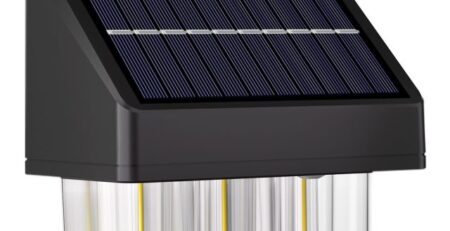
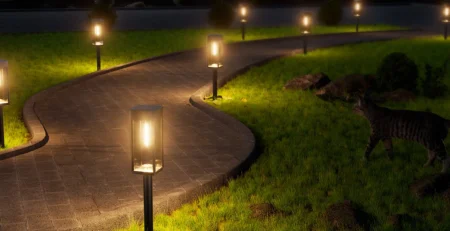
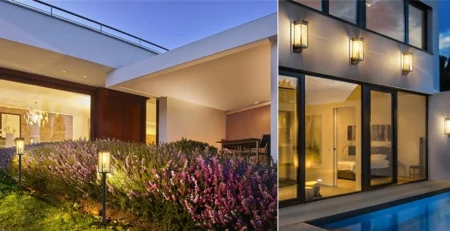
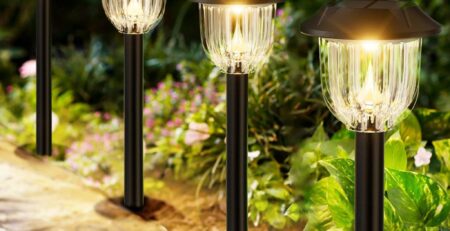
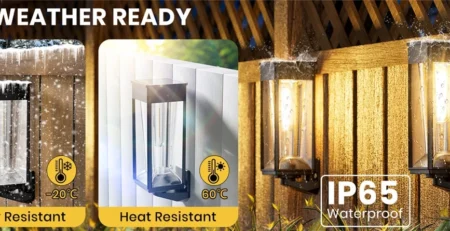
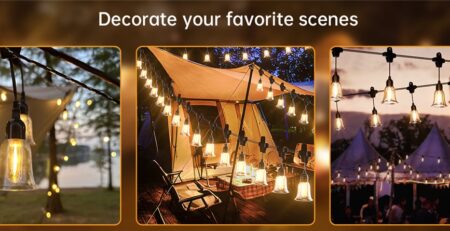
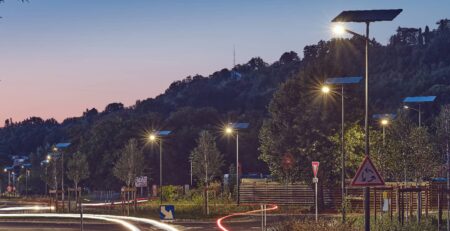
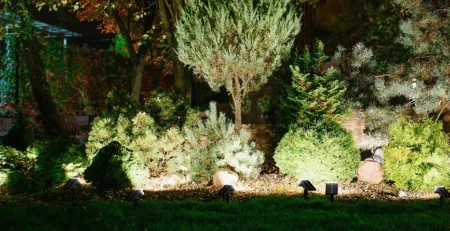

Leave a Reply